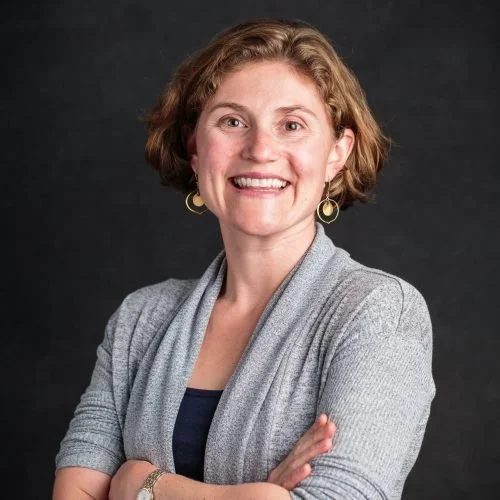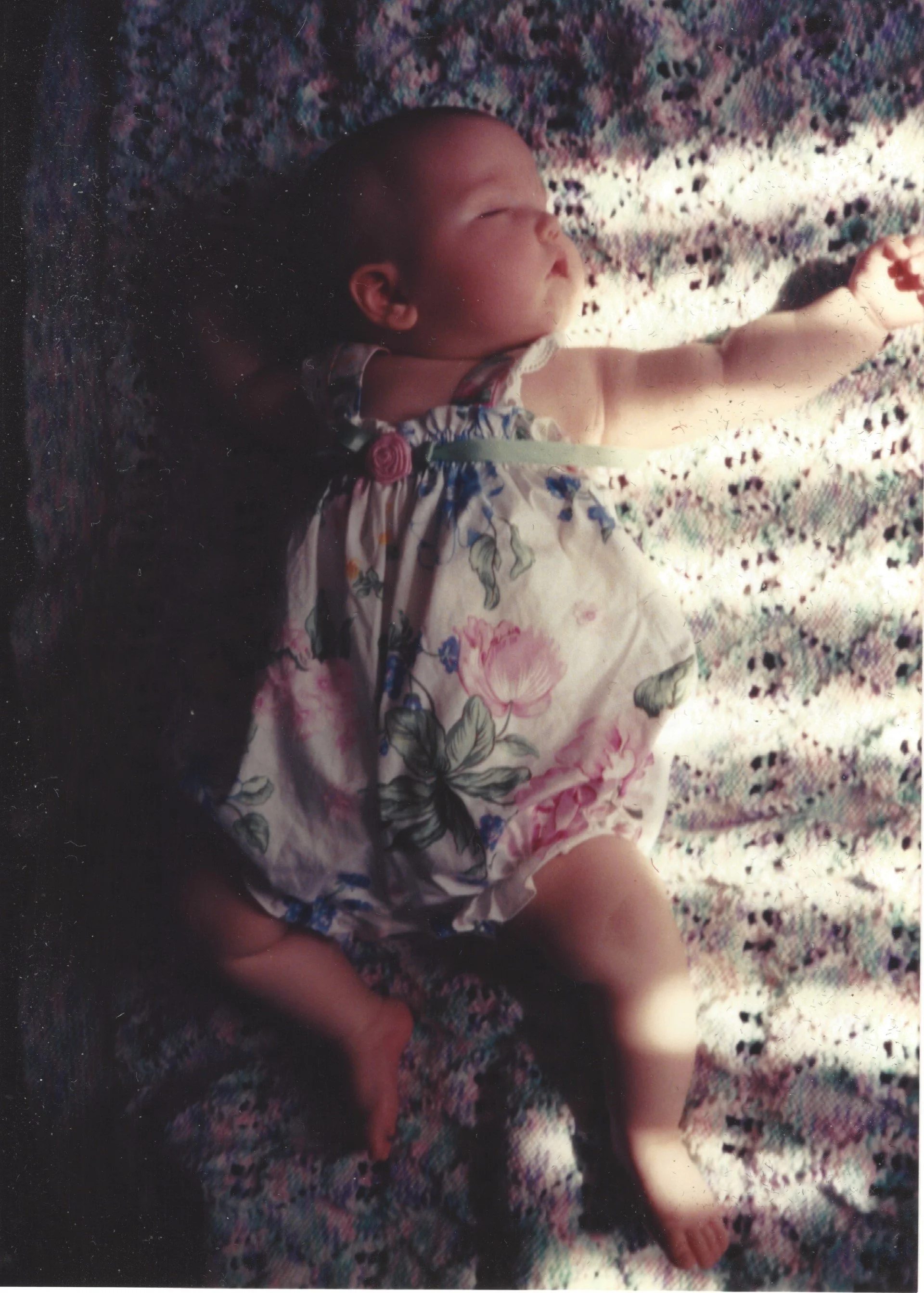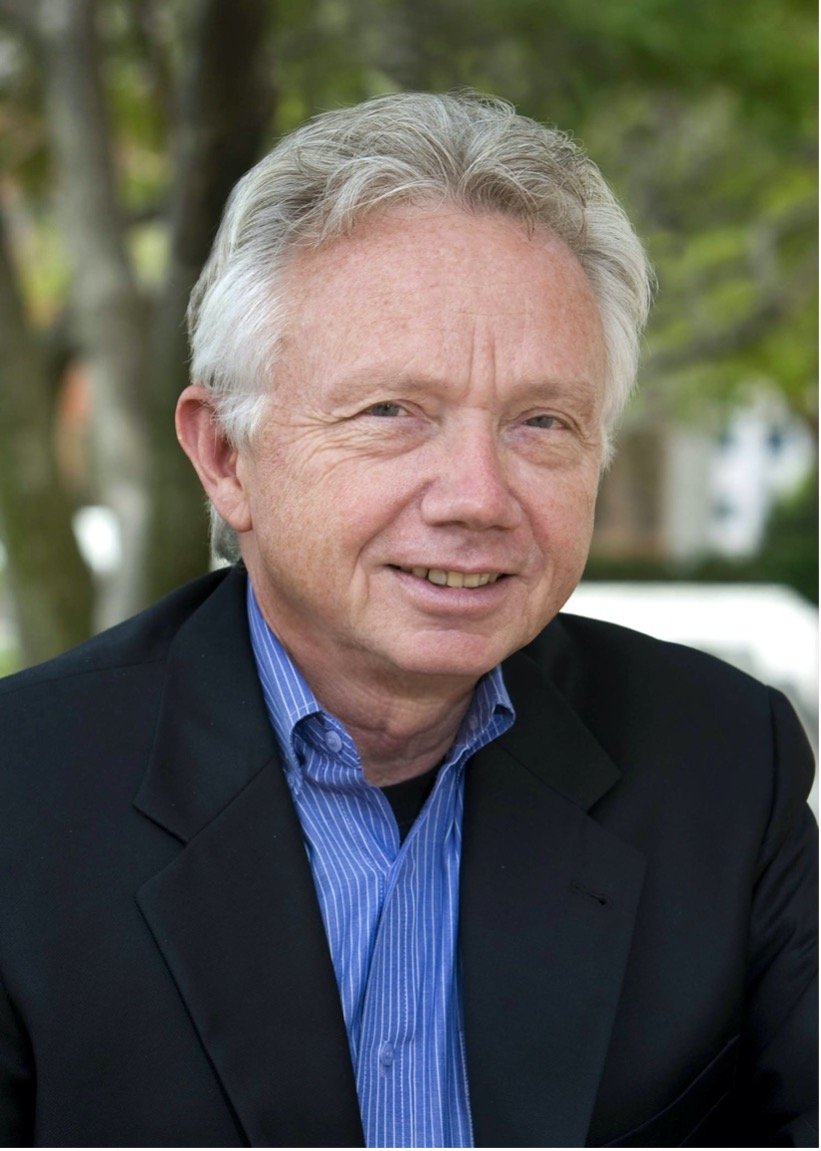Bioaccumulation, or the accumulation of toxins within an organism and passed from mother to child, is an important principle of biology and matters tremendously when it comes to the risk of cancer and other maladies in children. For decades, researchers have wondered why first-born baby dolphins in the wild die at such high rates, 50% within the first year in Sarasota Bay (Wells et al. 2005); some postulated maternal ineptitude, as usual blaming the mother, but others looked at physiological explanations. Studies have shown that female dolphins in the polluted waters off the U.S. coast have much lower levels of PCBs and other contaminants than males, having “off-loaded contaminants to a calf,” while 95% of males exceed safe levels (Schwacke et al. 2002). In other words, because of the toxins dolphins accumulate in the oceans we have polluted, their uterine environment and breast milk are so toxic that it kills their first-borns. Later-born offspring have a better chance. Because female dolphins off-load most of their toxic exposure to their first-born calf, their levels after sexual maturity are lower than males; but a very high percentage of first-borns die, with surviving first-born calves having much higher levels of PCBs than subsequent calves, and successful mothers having much lower levels of PCBs in their breast milk (Wells et al. 2005; Yordy et al. 2010). Most of the mother’s body burden (~80%) passes to the offspring within the first seven weeks of breast feeding (Wells et al. 2005). “Sum PCB concentrations for mothers with calves surviving less than 12 days were about 2.5 times those in mothers with surviving calves and many of the lost calves of mothers with high concentrations were first-borns" (Wells et al. 2005). It is not astonishing that native women in the Arctic Circle, who eat high levels of marine mammals, pass these chemicals on to their babies with dire effects (Berti et al. 1997; Vanderlinden 1997; Webster 2005; Silva and Gammon 2009; Hung et al. 2010; Rylander et al. 2011; Fredslund et al. 2012; Odlander and Nieboer 2012). The risk children bear of developing Wilms’ tumor decreases noticeably when that child is the second or third born to her mother, presumably because the lion’s share of the pesticide residues are passed to the first-born (Chu et al. 2010). Childbirth and breastfeeding are some of the few ways the body can rid itself of persistent chemicals. It is usually still best to breastfeed, but children who are breastfed continue to inherit the mother’s exposures, as shown in a study of testicular cancer in Denmark and Finland (Krysiak-Baltin et al. 2010). Children who breastfed were much more likely to get leukemia before the age of two when their mothers had been exposed to pesticides (Ferreira et al. 2013). And in turn, breastfeeding is one of the few measures that may provide women protection from breast cancer, possibly because the toxicants pass out of the breast fat with the milk (Yang and Jacobsen 2008; Odlander and Nieboer 2012; Saslow 2013). What a violation it is that our most sacred bond with our children has been contaminated. Imagine how it feels to have been spared some risk of breast and other cancers by passing on that risk to your child, who dies of cancer. No one wants regrets like that. References
Berti PR, Chan HM, Receveur O, Ing A, Boulay M. 1997. Contaminants in the traditional foods of Arctic and sub-Arctic Indigenous populations. American Journal of Physical Anthropology SUPPL 24:76.
Fredslund SO, Bonefeld-Jørgensen EC. 2012. Breast cancer in the Arctic – changes over the past decades. Int J Circumpolar Health 71:1-14.
Hung H, Kallenborn R, Breivik K, Su Y, Brorström-Lundén E, Olafsdottir K, et al. 2010. Atmospheric monitoring of organic pollutants in the Arctic under the Arctic Monitoring and Assessment Programme (AMAP): 1993-2006. Science of the Total Environment 408.15:2854-2873.
Krysiak-Baltyn K, Toppari J, Skakkebaek NE, Jensen TS, Virtanen HE, Schramm K-W, Shen H, Vartiainen T, Kiviranta H, Taboureau O, Brunak S. 2010. Country-specific chemical signatures of persistent environmental compounds in breast milk. International Journal of Andrology 33:270-278.
Odlander JO, Nieboer E. 2012. Human biomonitoring in the Arctic: Special challenges in a sparsely populated area. Internat J Hygiene Environ Health 215:159-167.
Rylander C, Odland J, Sandanger TM. 2011. Climate change and environmental impacts on maternal and newborn health with focus on Arctic populations. Global Health Action 4:8452.
Saslow D. 2013. Can breastfeeding lower breast cancer risk? American Cancer Society. Available at http://www.cancer.org/cancer/news/expertvoices/post/2013/05/07/can-breastfeeding-lower-breast-cancer-risk.aspx
Schwacke LH, Eberhard OV, Hansen LR, Wells RS, Mitchum GB, Hohn AA, Fair PA. 2002. Probabilistic risk assessment of reproductive effects of polychlorinated byphenyls on bottlenose dolphins (Tursiops truncatus) from the Southeast United States coast. Enironmental Toxicology and Chemistry 21(12):2752-2764.
Silva M, Gammon D. 2009. An assessment of the developmental, reproductive, and neurotoxicity of endosulfan. Birth Defects Research (Part B) 86:1-28.
Vanderlinden LD. 1997. The First Environment: The issues around contaminants in human milk for two native communities. American Journal of Physical Anthropology SUPPL 24:231.
Webster P. 2005. Health in the Arctic Circle. Lancet 365:741-742.
Wells RS, Tornero V, Borrell A, Aguilar A, Rowles TK, Thinehart HL, Hofmann S, Jarman, WM, Hohn AA, Sweeney JC. 2005. Integrating life-history and reproductive success data to examine potential relationships with organochlorine compounds for bottlenose dolphins (Tursiops truncatus) in Sarasota Bay, Florida. Science of the Total Environment 349:106-119.
Yang L, Jacobsen KH. 2008. A systematic review of the association between breastfeeding and breast cancer. J Women’s Health 17(10):1635-1645.
Yordy JE, Wells RS, Balmer BC, Schwacke LH, Rowles TK, Kucklick JR. 2010. Life history as a source of variation for persistent organic pollutant (POP) patterns in a community of common bottlenose dolphins (Tursiops truncatus) resident to Sarasota Bay, FL. Science of the Total Environment 408:2163-2172.











